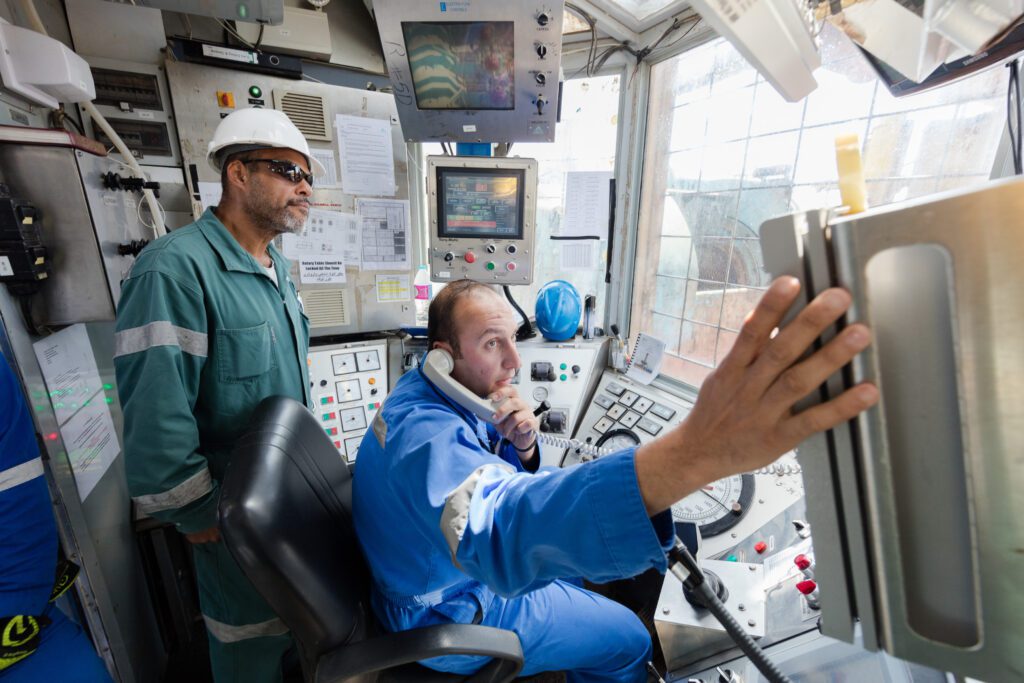Multi-scale methane measurements at oil and gas facilities reveal necessary frameworks for improved emissions accounting

This study pairs snapshot measurements with continuous emissions monitoring systems (CEMS) to reconcile data and account for intermittent emissions. This study highlights the importance of high spatial and temporal resolution data in improving methane emissions mitigation efforts. By conducting multiscale measurements across three U.S. natural gas basins, the research demonstrates how incorporating variations in methane […]
The role of emission size distribution on the efficacy of new technologies to reduce methane emissions from oil and gas

The paper illustrates the impact of emission size distribution on the equivalency condition between the OGI and site-wide survey technologies. This work compares results with equivalency modeling conducted by EPA to propose the alternative technology matrix.
Technological maturity of aircraft-based methane sensing for GHG mitigation

This resource evaluates the performance of five aircraft-based methane-sensing platforms—Carbon Mapper, GHGSat-AV, Insight M, MethaneAIR, and Scientific Aviation—through over 700 single-blind measurements of methane emissions ranging from 1 to 1,500 kg(CH4)/h. The study found that these platforms can reliably quantify emissions. The results indicate significant advancements in aircraft-based methane detection, highlighting its readiness for integration […]
Single-blind test of nine methane-sensing satellite systems from three continents

This study evaluated nine methane-sensing satellites through a single-blind test involving 82 controlled methane releases. Detection accuracy was comparable to aircraft-based systems, with quantification error indicating that 55% of estimates fell within ±50% of the metered value. The study highlights the capabilities and limitations of satellite technology for methane detection, especially concerning cloud interference and […]
Single-blind inter-comparison of methane detection technologies – results from the Stanford/EDF Mobile Monitoring Challenge

The article evaluates the performance of various methane detection methods through a controlled, single-blind study. It aims to provide insights into the effectiveness and reliability of different technologies for detecting methane emissions in the natural gas sector. Eleven organizations developing 12 technologies were selected to participate in the MMC – these included 3 truck-, 3 […]
Point sensor networks struggle to detect and quantify short controlled releases at oil and gas sites

This study evaluated multiple commercially available continuous monitoring (CM) point sensor network (PSN) solutions under single-blind controlled release testing conducted at operational upstream and midstream oil and natural gas (O&G) sites. While controlled testing shows potential, the performance in field conditions is often less effective. The study suggests that current CEM technologies and algorithms require […]
Performance of continuous emission monitoring solutions under a single-blind controlled testing protocol

This study evaluated eleven continuous emission monitoring (CM) solutions for detecting methane emissions in controlled conditions. The results showed that while some solutions demonstrated good detection performance, significant variability in detection capabilities and quantification errors was observed. Study indicates that understanding the performance of each solution is crucial before using them for emissions mitigation or […]
Methane quantification performance of the quantitative optical gas imaging system using single-blind controlled release assessment

This study assessed the quantification performance of the FLIR QL320 Quantitative Optical Gas Imaging (QOGI) system for detecting methane leaks. Conducted in a controlled outdoor setting, the study included 357 measurements from 26 controlled releases of compressed natural gas. Results showed that 75% of measurements were within a quantification factor of 3, though quantification errors […]
Comparing continuous methane monitoring technologies for high-volume emissions: A single-blind controlled release study

This study assessed eight commercial monitoring solutions, revealing varying performance in detection and quantification, with some systems underestimating emissions by 74%. While true positive rates were generally high, reliability varied, indicating that more research is needed to understand the strengths and weaknesses of these systems before broader adoption in regulatory frameworks.
Assessing the progress of the performance of continuous monitoring solutions under a single-blind controlled testing protocol

Study evaluating the performance of nine continuous monitoring (CM) solutions for methane emissions through controlled testing. Over 11 weeks, tests involved controlled releases of methane under varying conditions. There were significant uncertainties in emission quantification, with some solutions showing large underestimations and overestimations. The results underscore the importance of regular quality testing for advancing CM […]
